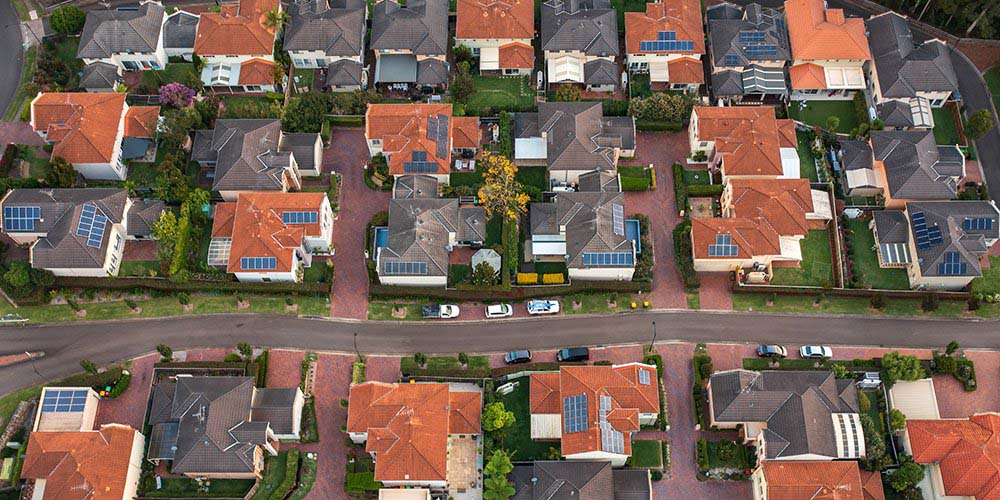
From 14 February 2022, new and upgraded rooftop solar PV systems must be capable of being remotely turned down or off as a last resort in extreme operating conditions, to avoid customers losing power.
As the biggest source of generation in the middle of the day, solar PV needs to be capable of being managed in extreme events, like other large generators.
By managing risks during extreme or emergency events, this new policy will allow installations of solar PV to continue at their current record pace, and increase the amount of renewable energy available for use at all other times.
Emergency solar management is a stepping-stone to our future power system where there will be opportunities for storage and the participation of household devices for payment through virtual power plants.
AEMO’s Renewable Energy Integration – SWIS Update report released on 28 September 2021 recommended that the capability to manage newly installed and upgraded DPV be introduced “as soon as practicable” in response to low load risks.
The release of the policy follows a consultation process, which received around 140 submissions from industry and members of the public. These submissions have helped shape the new measures, and will inform our ongoing journey to a brighter energy future.
For more information see our emergency solar management webpage or join our online forum on 7 December 2021.


